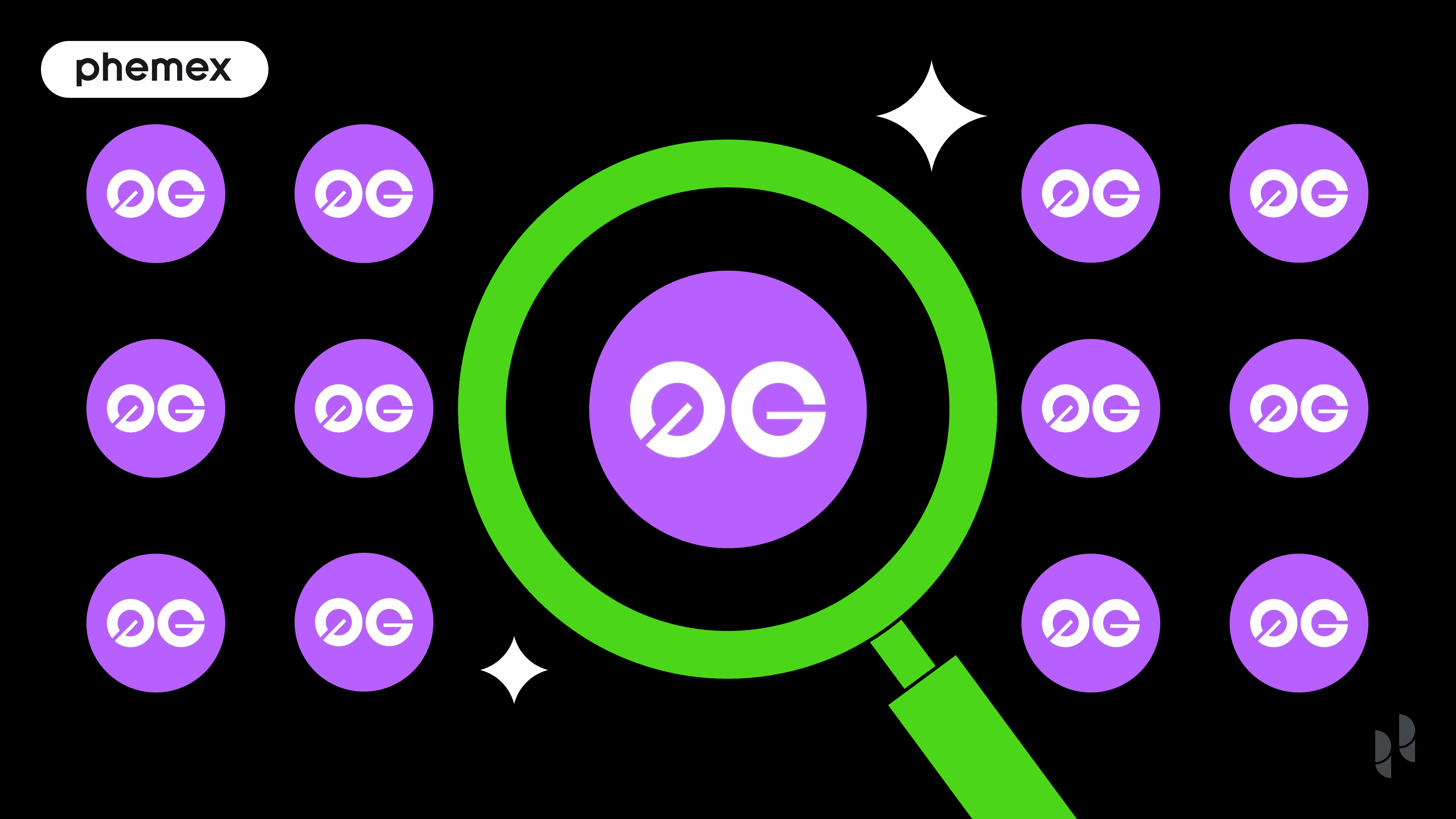Polkadot is one of 2020’s most ambitious crypto and blockchain projects that has caught the community by storm. Developed by the Swiss-based Web3 foundation, the project seeks to create a user-friendly, decentralized internet of the future. The proposed platform features the next-generation of Blockchains that are interoperable, scalable, and secure.
At its core, Polkadot is a scalable and customizable network of Blockchains, all interacting and communicating seamlessly in a trust-free and secure ecosystem. The blockchain-centric project seeks to create the next generation of the internet with decentralized applications (dApps) to replace centralized ones.
In a world where data is continually increasing in value, the internet has become a conduit through which large centralized organizations collect data from internet users. Although most users give the data for free, the average user has no choice but to trust that the data won’t be misused, lost, or stolen.
To learn about why blockchain is the next internet: Web 3.0 Explained
The world of open-source and decentralized technologies has come of age. It has proven that it is possible to build alternative decentralized applications online that prioritize individual sovereignty over personal data. However, despite Bitcoin’s many strides as a peer to peer digital money and Ethereum as a complete virtual world computer, both systems have quickly found limitations in their designs. This is why Polkadot has emerged as a solution for the scalability problem facing the current generation of Blockchains.
What is Polkadot?

Polkadot is best described as an ecosystem of multiple Blockchains (chains) interacting with one another in a flurry of economic activity. Picture a Blockchain for a banking application interacting with another Blockchain built for musicians and another for supply-chain management, all interacting and communicating in a decentralized manner. Therefore, unlike a standard single-chain blockchain, Polkadot is made up of dozens of sub-blockchains featuring programmable building blocks to create a new and better internet.
These next-generation Polkadot Blockchain networks are purpose-built and united to facilitate an interconnected ecosystem of scalable, easily upgradable, and transparent applications ready for large scale adoption.
How the Polkadot Network Works?
Polkadot is a “Sharded Blockchain network” that uses a heterogeneous Sharding model to connect several Blockchains in a single network so that they can exchange data between one another and process transactions with guaranteed security.
Heterogeneous Sharding Explained
In the world of blockchain development, Sharding refers to the horizontal partitioning of databases on a network into “shards” for scalability purposes. Given the limited throughput and lack of run time that is characterized by early Blockchains, the Sharding process splits a blockchain network into separate databases to ease the overall workload on the network.
Traditionally, all nodes (computers) on a blockchain network store and process all critical information such as transactional history, wallet balances, and account details. While this design guarantees that blockchain’s security, it slows down transaction processing significantly, especially as more nodes connect to the network.
By separating critical transactional information into Shards, a blockchain can spread out processing responsibilities across the nodes on its network, thereby reducing overall latency and solving scalability issues.
According to Polkadot’s lightpaper, it is impractical to build customizable and scalable dApps with real-world use cases on existing and legacy networks. Polkadot’s unique Heterogeneous Sharding ensures that each blockchain in the network can be optimized for a specific use case, hence allowing for more innovation possibilities.
The Polkadot Ecosystem
The Relay Chain
The Polkadot network is designed to create a foundational blockchain called a Relay Chain that connects individual chains. The Relay Chain is responsible for the network’s security and works to achieve consensus and interoperability among connected Blockchains.
The Parachains
Individual or sovereign Blockchains on the Polkadot network are called Parachains capable of hosting their tokens and optimizing functionality according to their specific use cases. The Parachains run parallel to one another and help scale the system, spreading responsibilities on a parallelized operation. They achieve this parallelized structure by paying or leasing for a slot on the Relay Chain.
Bridges
Bridges on the Polkadot ecosystem are special internal Blockchains that connect external Blockchains (these don’t use the Polkadot governance structure) to the Relay Chain. Therefore through a Bridge, the Polkadot network of Parachains can seamlessly communicate with Ethereum’s or Bitcoin’s blockchain as it would with a local Parachain.
Polkadot’s Governance Structure
The Polkadot network is governed through a special kind of proof of stake consensus protocol called “nominated proof of stake protocol”. Its structure is made up of Validators, Collators, Fishermen, Nominators, Council members, and a Technical Committee.
The Validators contribute to the Relay Chain’s security by staking DOT tokens and participating in consensus with other Validators to verify proof from Collators.
Collators maintain Parachains by collecting transactions from Parachains and sending proof of these transactions to Validators. Nominators also stake DOT tokens and are responsible for securing the Relay Chain by selecting trustworthy Validators. Fishermen (made up of any Collator or Parachain full node) police the network by monitoring and reporting bad behavior from Validators.
Lastly, Polkadot’s governance structure is also made up of Council members who represent passive stakeholders in the network’s decision-making process. There is also a Technical Committee made up of developers who propose emergency referenda together with the Council members.
The DOT Token
The DOT token has a total supply of 1.02 billion tokens. At the time of writing, the total circulating supply is over 900 million, according to CoinMarketCap. Instead of a hard-capped supply, Polkadot operates on an inflationary system that incentivizes validators to participate and stake DOTs.
Currently priced at $4.66 with a market cap of over $4 billion, the DOT token ranks among the top 10 cryptocurrencies by market capitalization, yet the genesis block for Polkadot was only launched on March 26th, 2020.
As discussed above, staking is one of the primary purposes of the DOT token. The token is also used for governance as it gives token holders complete control over decision making processes on the network. By electing Council members, token holders get to participate in protocol changes, Parachain additions or removals, and the determination of the fee structure of the network.
The DOT token is also used in Bonding, a proof of stake process where validators bond (stake) DOT tokens to add new Parachains to the network or remove outdated or redundant Parachains.
Polkadot Price and Predictions
To understand the future projections of DOTs value, it is important to first investigate Polkadot’s history. The DOT token first went on sale in 2017 during the Polkadot ICO. At the time, Polkadot managed to raise $140 million. However, the company further conducted two private DOT sales in 2019 and 2020, respectively, after incurring some losses.
DOT was priced at about $30 in its ICO days. However, DOT holdings were redenominated in August 2020, whereby the token’s circulating supply was inflated by a factor of 100. Therefore, token holders who previously owned 1 DOT token were given 100 new tokens. Redenomination consequently increased the supply from the initial 10 million tokens to the current 1 billion.
While the split doesn’t change the value of the token, it led to a spike in speculation resulting in a recent rally. Following current signals, market analysts predict that the DOT token will surpass its current price of around $4.5 and end the year above the $5 mark. While it’s difficult to accurately predict market behavior, analysts predict that DOT will be priced above $8 at the start of 2022 and further projections of a price above $25 by 2025. Other analysts foresee an impending bearish trend that would see the DOT price fall by 90 percent before the year’s ends or early 2021.
Polkadot’s Future
The future for Polkadot and the DOT token seems bright as there are multiple real-world use cases for the project. The platform’s capacity to coordinate numerous Blockchains gives it the potential to surge to higher heights as adoption picks up in the future. However, on the question of whether Polkadot is a good investment, it is anyone’s guess how future market fluctuations will influence the price of DOT.
At the moment, Polkadot’s unique features make it a crucial and eye-grabbing project for the advancement of the Blockchain and crypto space. Granted, critics argue that Polkadot’s Sharding process can lead to vulnerabilities; however, Polkadot has so far highlighted the benefits of its Sharding model by partnering with other prominent projects like Chainlink to realize its vision.
Read More
- What is Kusama? How Polkadot’s playground accommodates blockchain developers
- Polkadot vs. Chainlink vs. Cosmos: Which Is The Best To Invest In?
- Ethereum vs Solana vs Cardano vs Polkadot: The Rivals of ETH
- What are Parachains: Parallel Computing on The Blockchain
- What is Polkastarter (POLS): DeFi’s Answer To Kickstarter
- What Are Crypto Tokens? How Do They Work?
- What Are Decentralized Applications (dapps)?
- https://phemex.com/academy/defi








